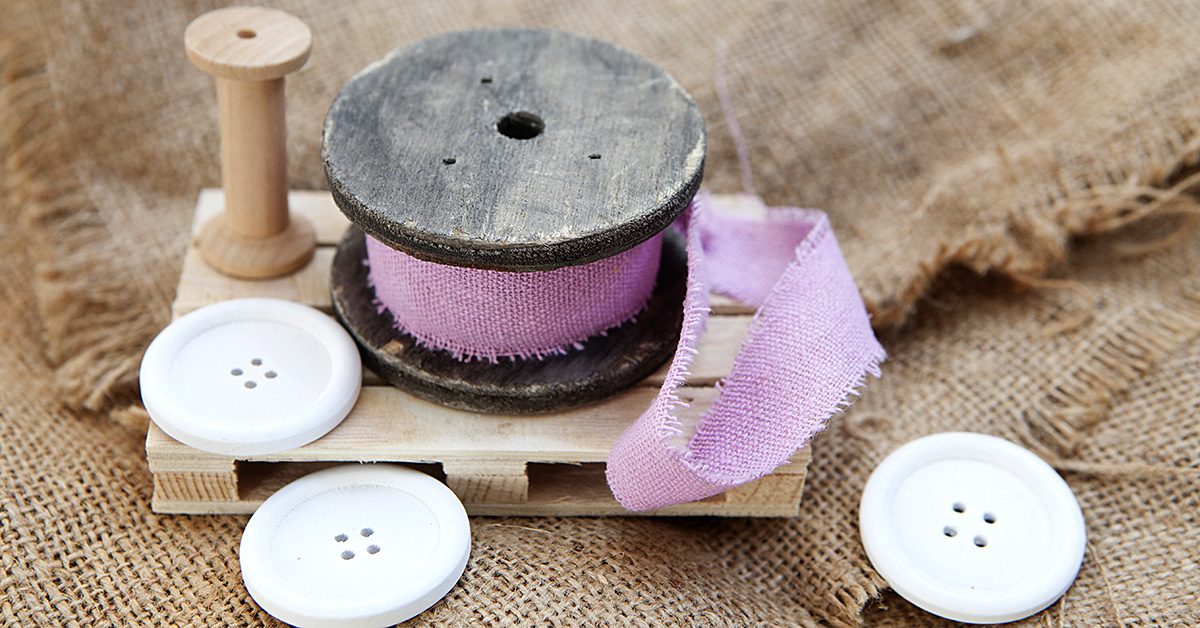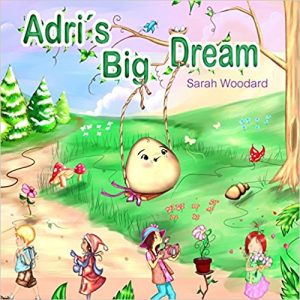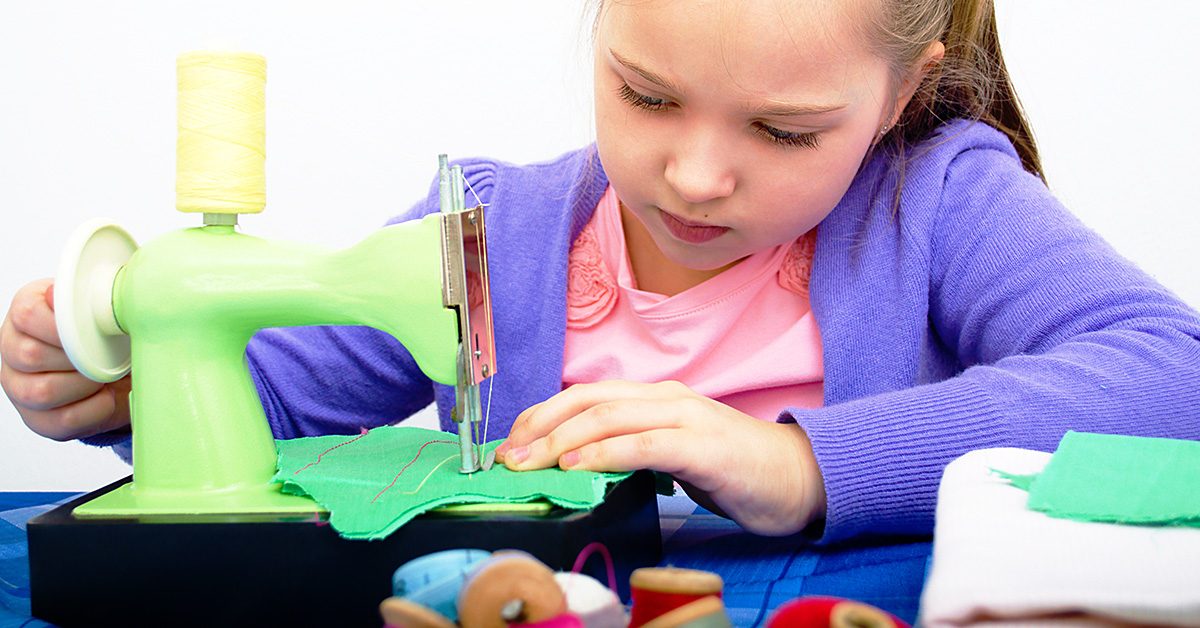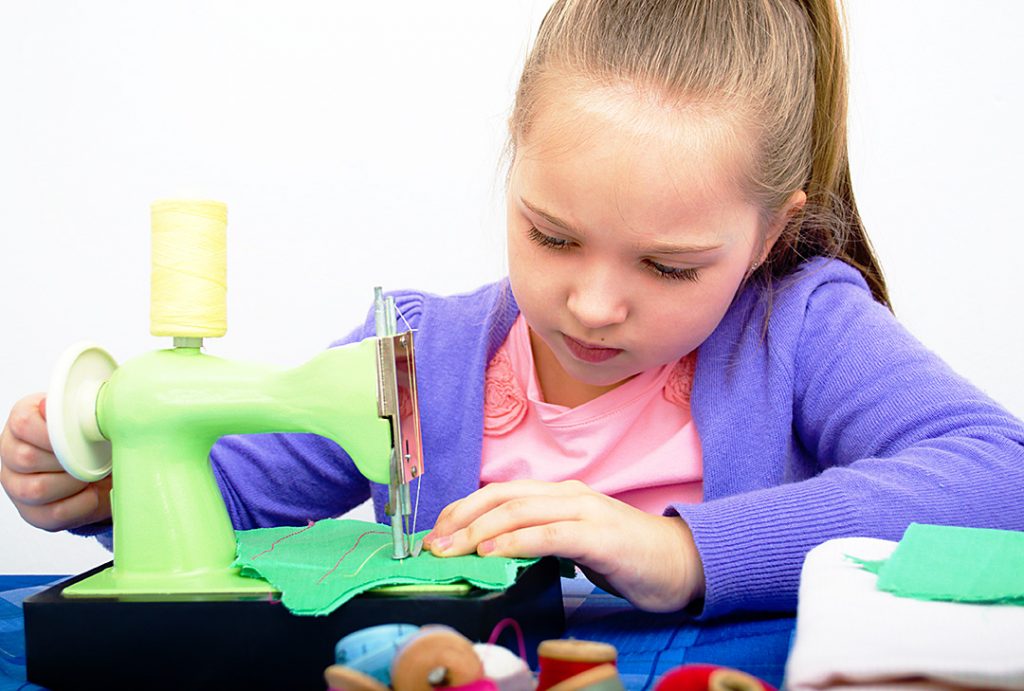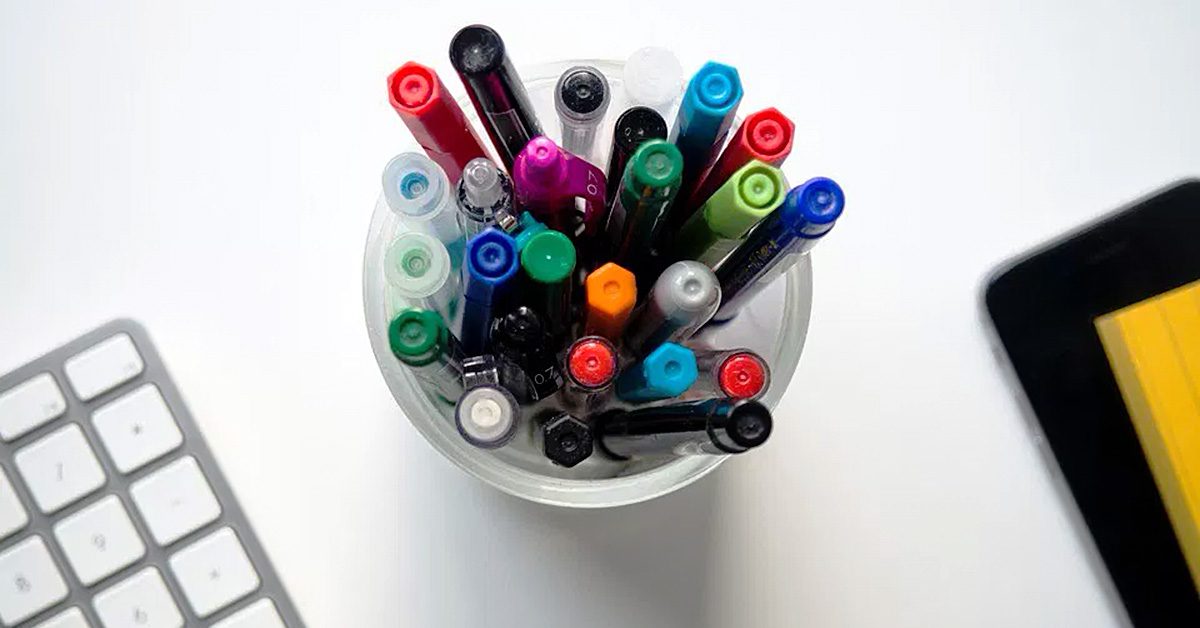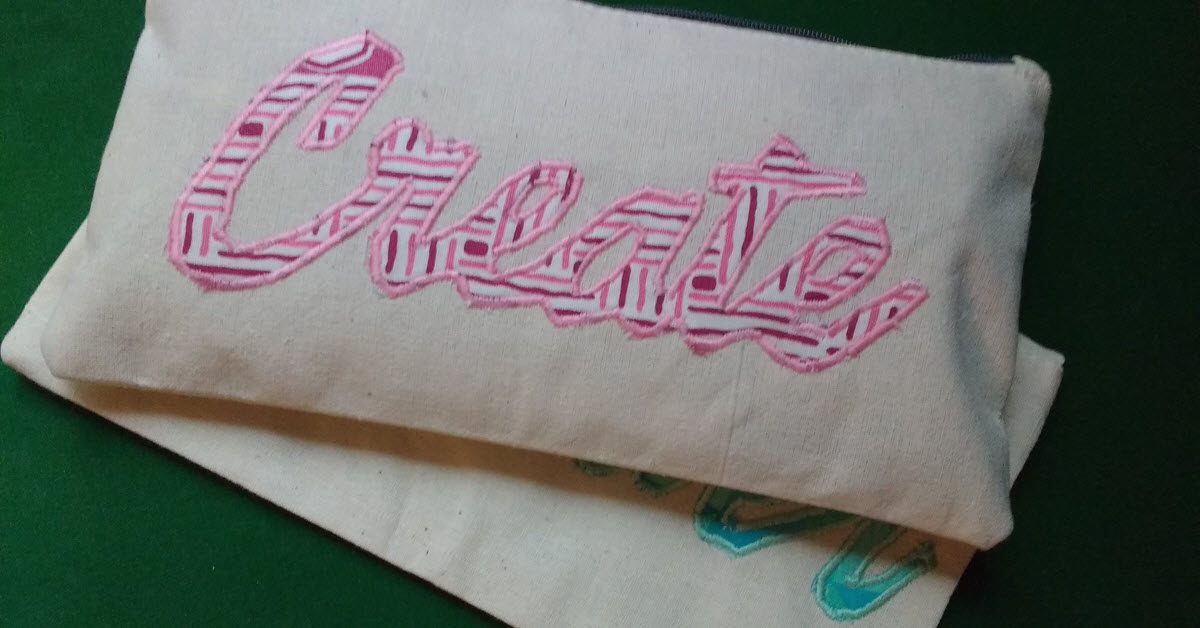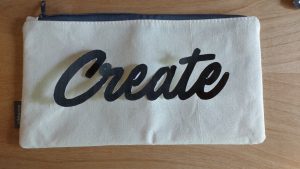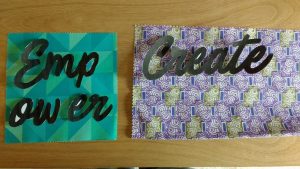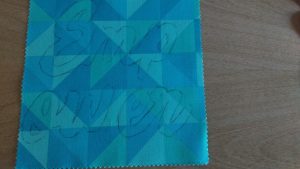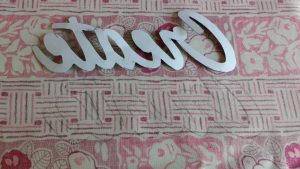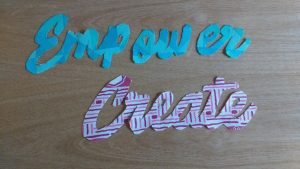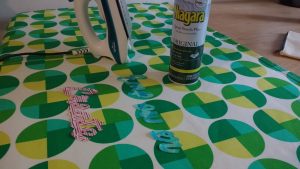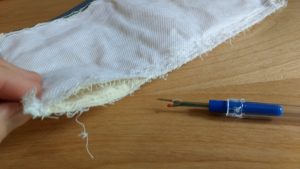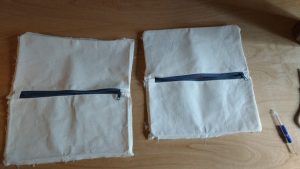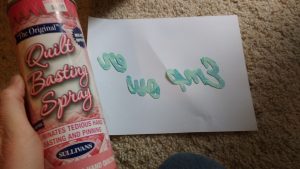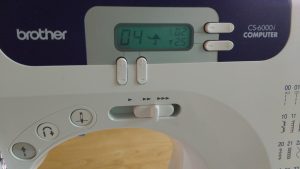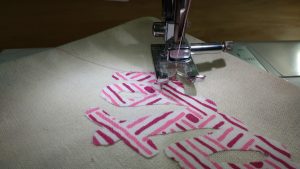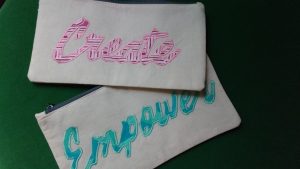I’m just a simple girl trying to navigate her way through the quilting world, and on this journey, things sometimes strike me as odd. I might find a blog post saying that information that seemed fairly cut-and-dry for me is way more complex than I thought, and recently, I’ve taken to looking into a topic that doesn’t comparatively seem to be the basis of very much discussion online.
I mean, people talk about it, but not to the level that I think the topic merits.
If you look up websites that give you information about using markers on fabric, you’ll probably see a whole lot of results that have to do with markers designed to trace patterns or cutting lines to give you a more polished finish. This is a topic that makes absolute sense because having the right marker in that scenario means you can effectively use it, then wash it out so that it’s not a permanent part of your design.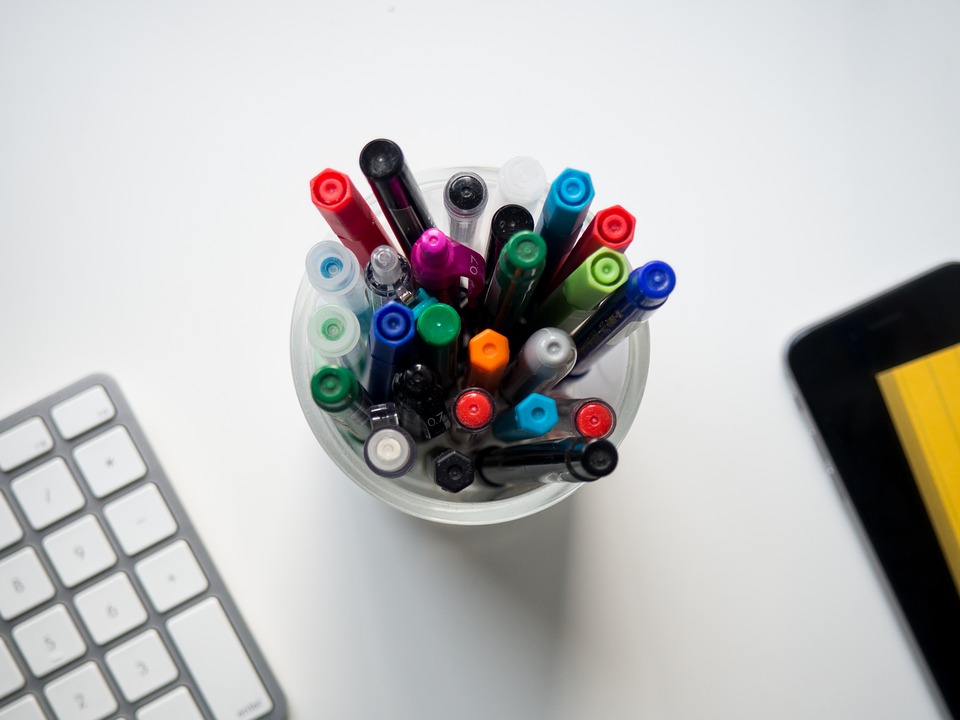
What strikes me as odd, though, is that sometimes people would probably want their markings to show on their quilt.
Specifically, you would want a more permanent set of markings if you were drawing or coloring a picture right onto the fabric, and you meant that drawing to be the décor for the quilt.
Now, you might be thinking that this is a very cheap and amateur way of doing things, but let’s not forget that some people are fantastic artists with this kind of thing. If that weren’t the case, how many cartoons would we have missed out on over the years? And the bottom line is that if a part of your skillset is drawing, you should be able to add hand-drawn and hand-colored details to your quilt to let that skill shine through for something that goes beyond adding an iron-on design.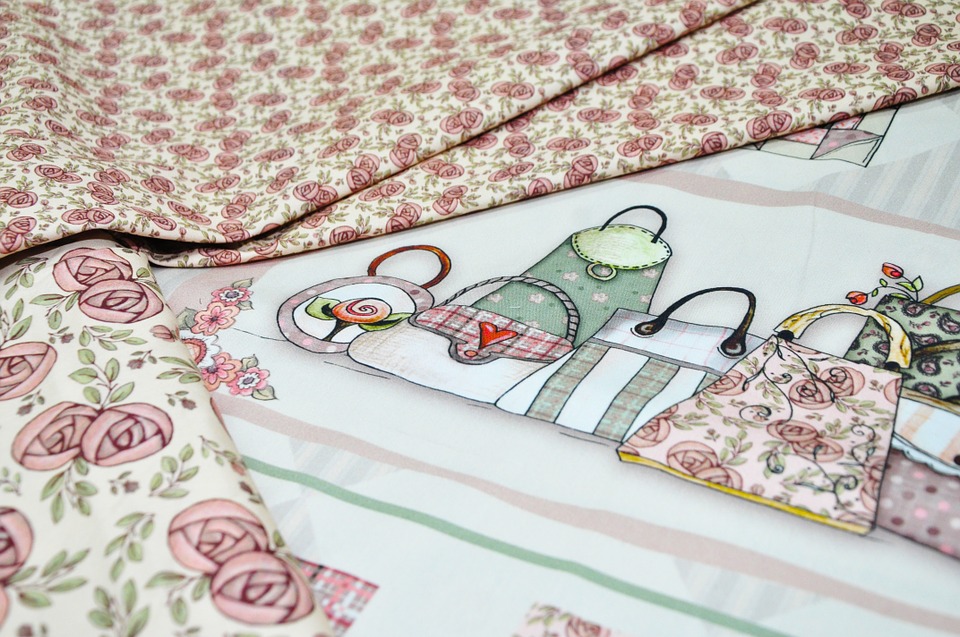
Another benefit of bringing this element into the equation is how much sentimental value it can place on a quilt. If you’re grandmother not only sewed a quilt, but drew or colored the designs by hand, how much higher does that boost the personal value of that final product?
In addition, this drawing your designs on fabric opens plenty of doors about what you can showcase on your quilt because all you need is for someone to be able to draw it. As your primary objects to display, those drawings can act as the stand-out qualities so that the actual fabrics and block placements can be basic. You don’t need special fabrics and tricks—just general fabric and a person with great drawing skills.
One of the best things I’ve found that you can do with markers and materials though is to begin with a blank surface, and then hand over the markers to two or three children. I currently have curtains in my room that are the product of two of my nieces tackling the project with happiness and a package of Crayola fabric markers. Sure, the child-friendly nature of the markers has led to the images softening a bit, but you can still get a sense of the original artwork so long after the curtains were decorated by my nieces.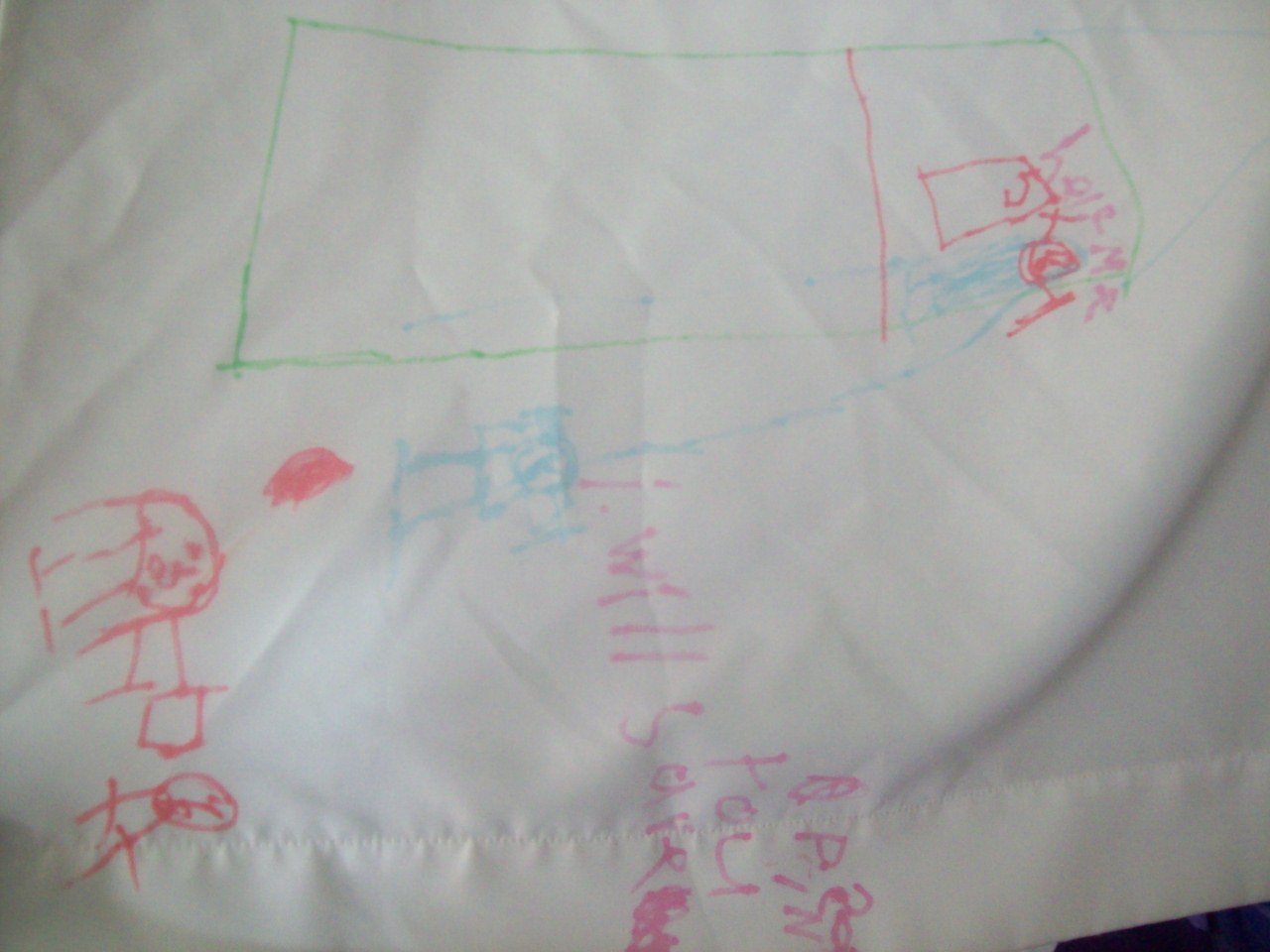
As I said though, you don’t hear too much about marker possibilities that are built for staying on the fabric, so it’s a bit harder to come up with recommendations in regard to what markers you should use for what purpose. Currently, I can recommend those Crayola fabric markers because the designs are still visible on the curtains. When allowing children to do the decorating, that fuzziness of the image design over the passage of time is worth knowing that they’re using markers that are age-appropriate. I have a younger niece now, and you can bet I’m not handing her a permanent marker to fancy up material in the near future!
There are other types of markers out there—ones that are non-toxic, ones that are Sharpies, ones that are metallic… I’m fairly convinced that since so little was found in my search of fabric markers for this kind of project that I’ll be the one who explores different types of markers that work well and can last through their time spent in the washing machine. Whether for sentimental reasons or just because you love the design, once you put your marker to fabric for these projects, you sensibly won’t want your design going away bit by bit every time it needs to be washed!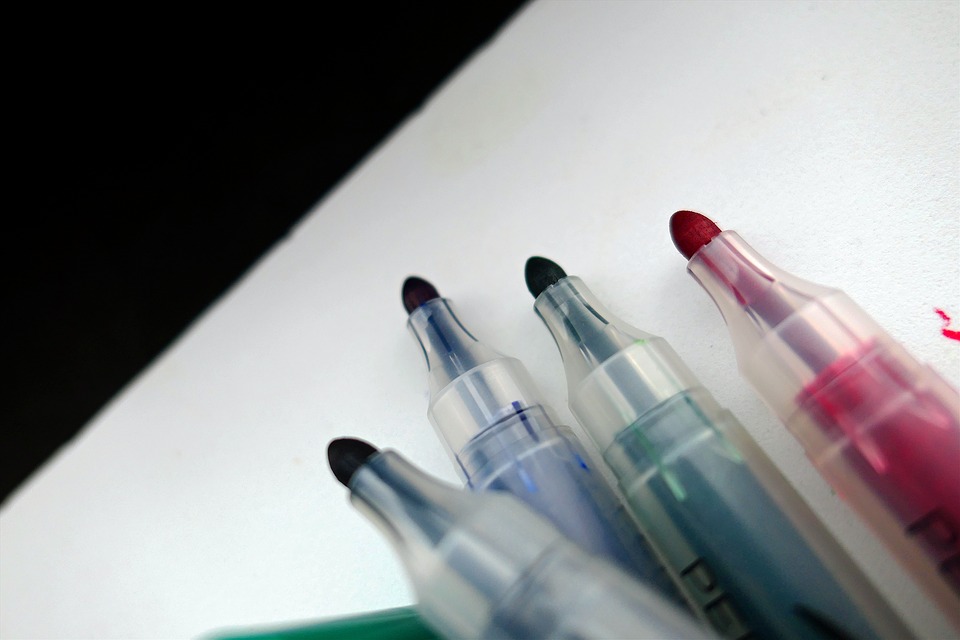
So to begin this journey through fabric markers, I would give the Crayola brand 3 out of 5 stars. As I said, they did their job to get the images on the curtains, and I can still see the images there. The markers were child-friendly, and that was definitely something that I wanted for that project. But since the images have faded somewhat over time, it’s hard to give them a 4 or 5 rating since it means that over time, I might lose all traces of the images—which wasn’t what I was going for!
I look forward to exploring the possibilities involved in this marker fiasco, determined to find one fabric marker that suits each of these purposes: Marking fabric with my nieces (must by kid-friendly) and taking on these drawing assignments alone (more lenient with regulations). Stick around while I sort through the options, one at a time!

